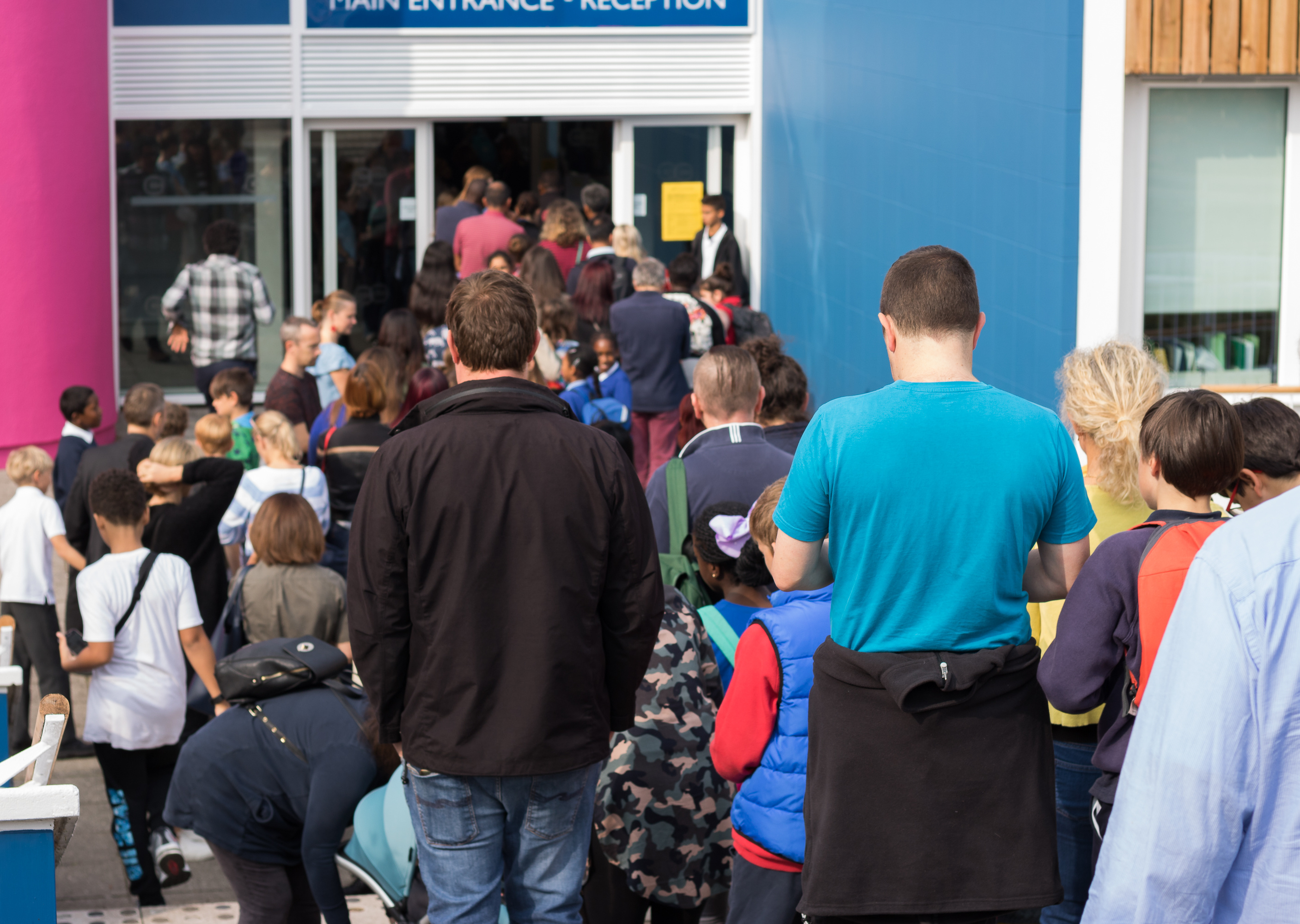
It’s that time of year again! October is probably the most likely month for schools to hold Open Events, although those who face stronger competition for students will often hold several at different points of the year. Whether you're planning events or reflecting on those gone by, here are four key questions to consider to make your events as productive as possible.
1. Who needs to visit and when?
Schools often keep Open Events at the same times and on the same days year after year, but it’s important to check with your target audience that this works for them. For example, many primary schools have open days during the school day which might exclude families where both parents work. In my experience, offering a choice of time, or perhaps the opportunity to arrange a personal visit at another time can make a small but vital difference to the number of applications you get.
Another consideration is whether there are other stakeholder groups that you could reach out to on Open Events – for example several schools have responded to the teacher recruitment crisis by setting up recruitment stalls and inviting potential staff to come along and see the school in operation at the same time.
2. How do you want visitors to remember your school?
Parents and prospective students will usually visit between three and six schools, and it’s important that they don’t get you confused with others! To do this, consider that there are two questions that all visitors want to ask, even if they don’t say them explicitly – ‘what do you offer now that makes you better than other schools?’, and ‘what will you do during over the next few years to make it even better?’ All staff should be prepared to answer these questions, which means they need to be clear about the strengths of the school and future developments.
Referring to the school’s values, mission and ethos is also a good way of helping visitors remember the school, but you can make it even more memorable by telling stories or creating displays about children or groups of children who have lived the values and benefitted from the school’s support.
3. Who and what shows your school at its best?
The best ambassadors for any school are students, but as with teachers, they need to be prepared for the task. If you are using students in specific departments, give them time with the staff in these areas so they understand what makes them different. One school I work with took this idea to the next level by recording student stories and using QR codes to link to these videos in different departments.
You also need to think of the physical environment. First impressions are important so don’t make visitors wait outside (especially if it is cold, dark, raining or all three) or enter through an unattractive part of school. You also don’t need to show off every corridor and room in the school – instead focus on memorable areas. For example, in one school I visited there was an amazing community-developed mural that was missed off tours if they were over-running.
4. What will you do after the event?
Finally, events are only one part of a long-term process. At the end of an event make sure you check with visitors to see if they have further questions or would like to talk to a specialist member of staff. And then follow up after a few days with a quick summary of the event’s highlights and maybe a video of the head’s talk. Always remember that each student is worth thousands of pounds to a school that isn’t full!
If you'd like to explore events and their role in wider parent communication and engagement, why not sign up for our day-long 'Communications and Events Management' workshop - we will work with you to develop an effective plan for student recruitment, parent engagement and more using events, social media, websites, adverts, and publications. Especially suitable for those new to communications roles